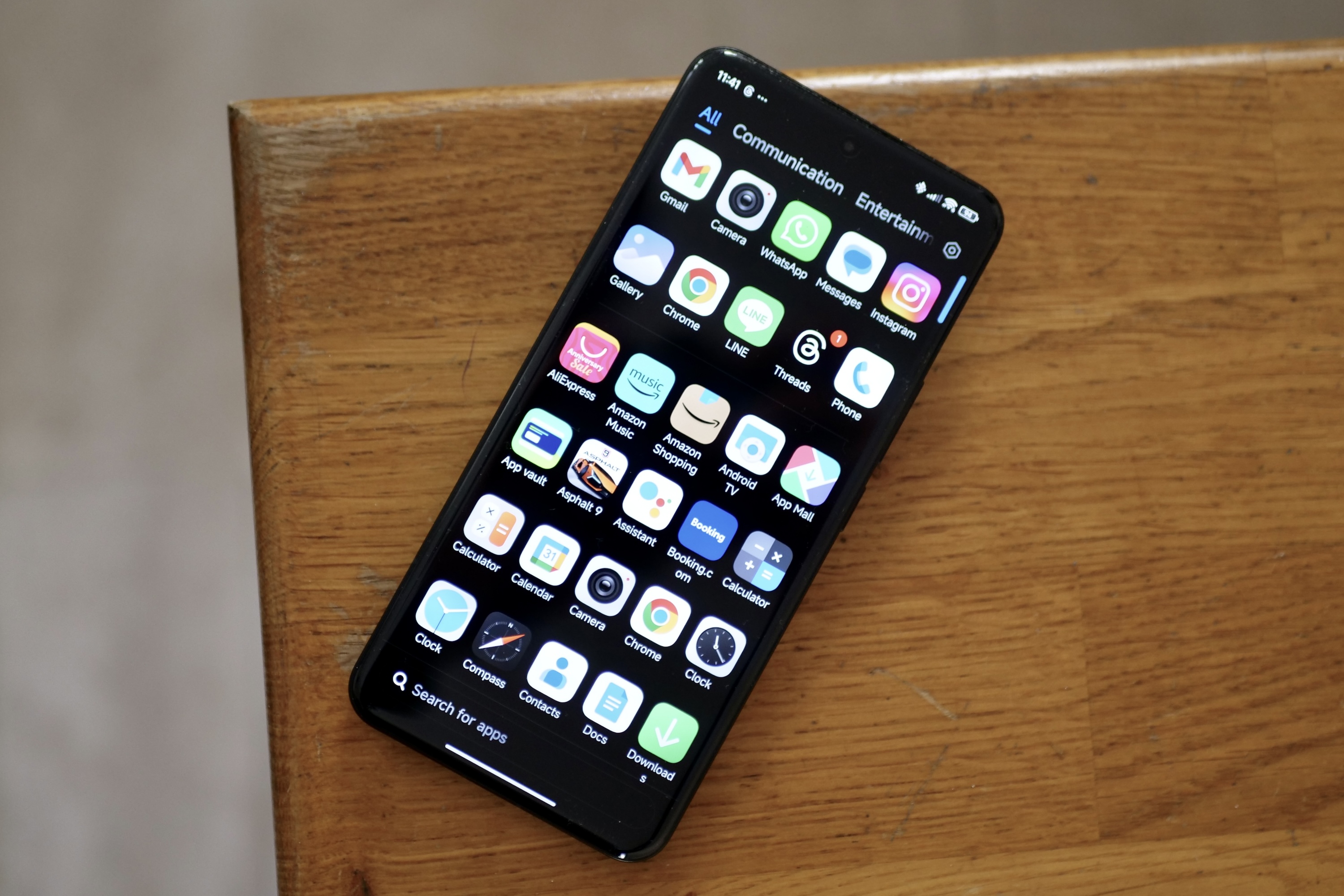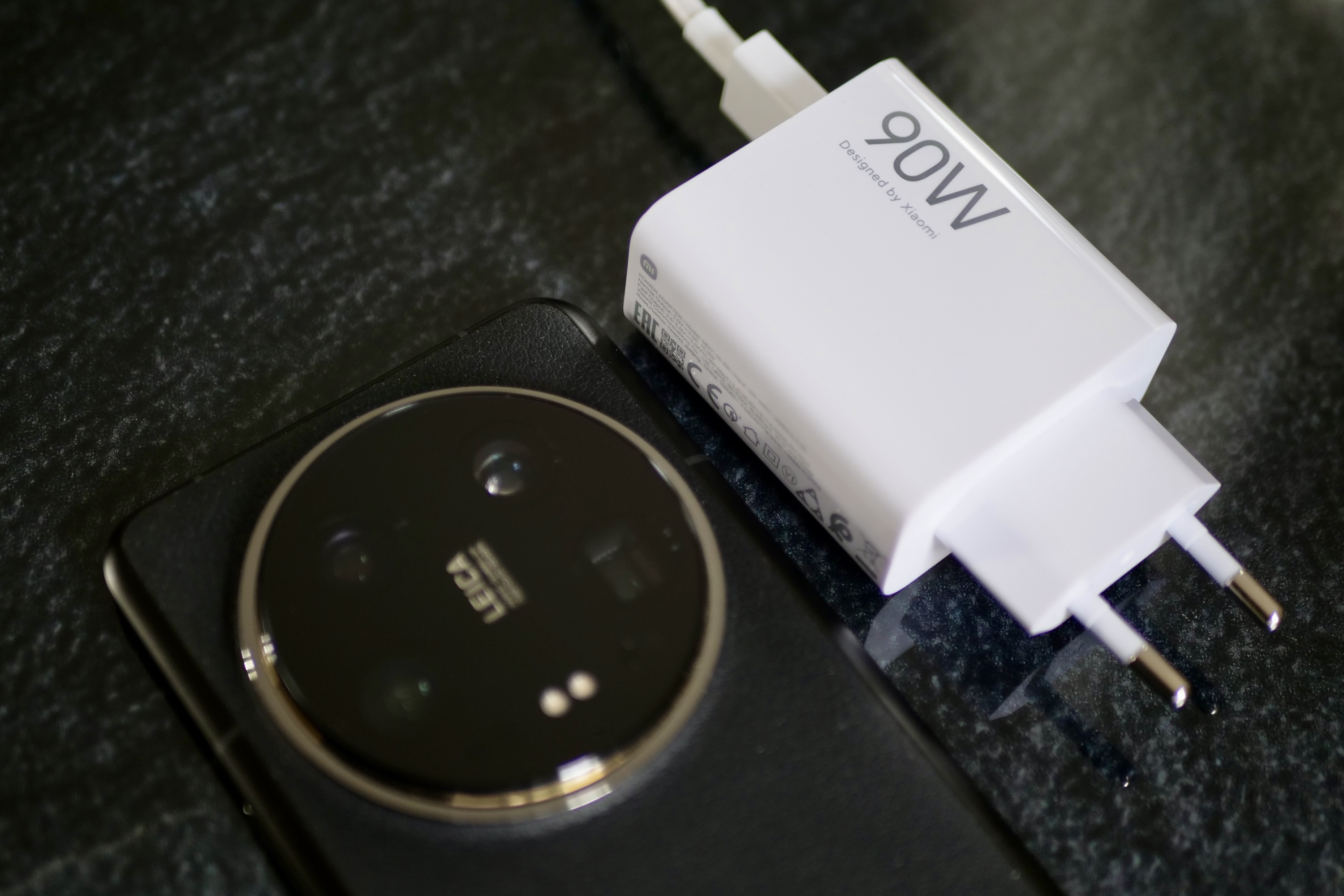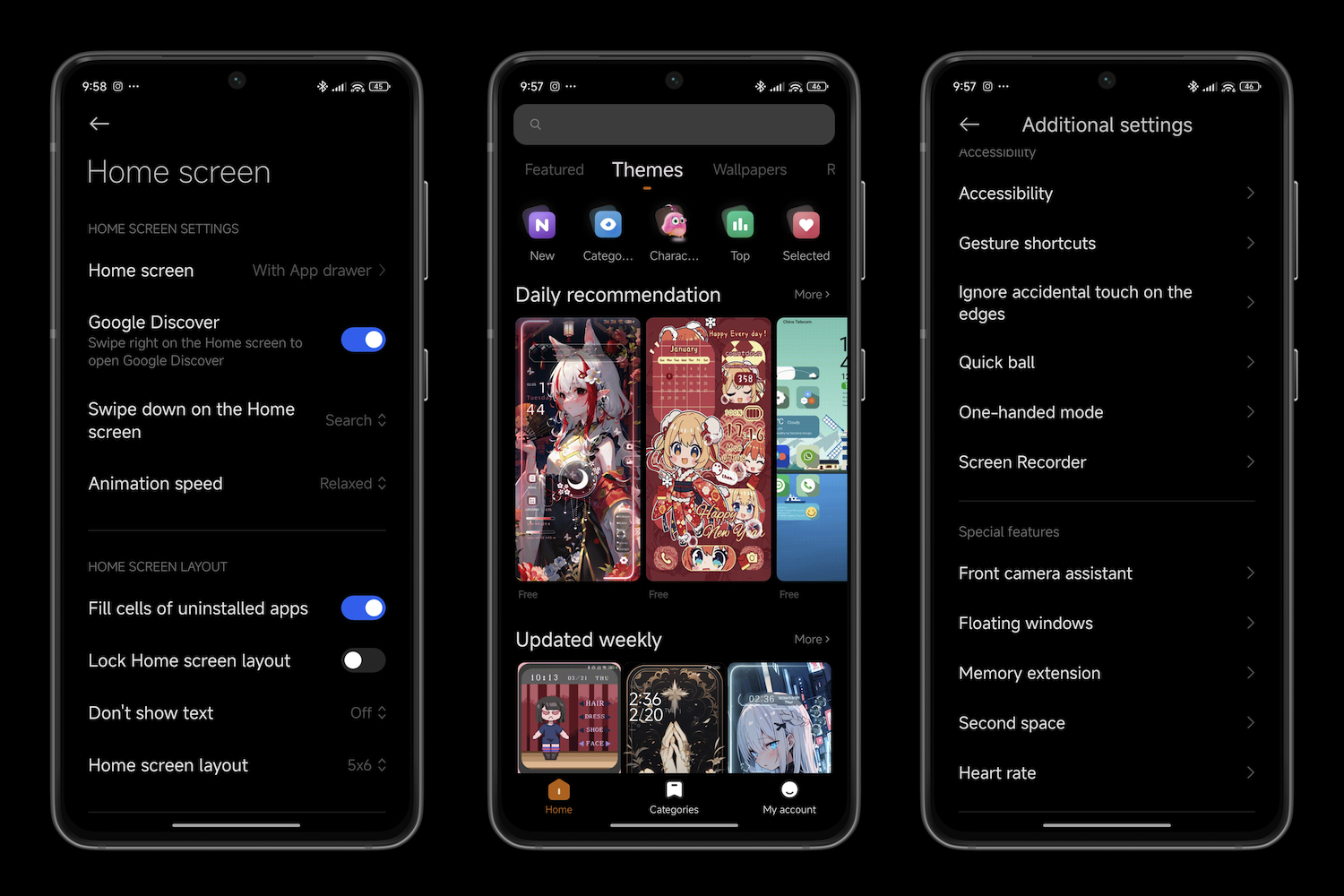“The Xiaomi 14 Ultra's massive camera is creatively exciting, packed with features, and full of unique character and tone — making it one of the best we've ever used.”
- It can take incredible photos
- So many camera modes to try
- Smooth and reliable software
- Fast battery charging
- Battery life falls short of the competition
- Ungainly shape
The Xiaomi 14 Ultra is a big, powerful smartphone. When you start using one particular feature, it turns into something very special indeed.
It’s the reason my SIM card isn’t going to leave the phone until it absolutely has to and the reason you should pay attention to this phone — even if it’ll be a challenge for many to buy.
The camera makes the Xiaomi 14 Ultra special

Most Digital Trends reviews start by discussing the design, but rather than doing that here, I’m going to talk about the camera first. It’s what makes the Xiaomi 14 Ultra special, and it’s so good that this may be the best camera phone I’ve used in a while.
There’s a lot to understand about it, so here are a few of the headline facts you should know. It uses the Sony LYT-900 1-inch, 50-megapixel main camera with a Leica Summilux lens and an adjustable aperture (f/1.63 to f/4.0), plus a 50MP telephoto camera, a 50MP wide-angle camera, and a 50MP periscope zoom camera.
- 1. 5x zoom
- 3. Night mode
On the inside, Xiaomi’s new AISP imaging system uses AI to tune different aspects of your photos, from the color of each pixel to the lighting and bokeh effect in portrait shots. Then there’s Leica’s involvement, and its influence is there in every shot you take — whether you use the Leica Vibrant or Leica Authentic tone, one of the black-and-white filters, or experiment with the dedicated, customizable street photography mode. There’s so much to discover and try, from the 16-bit UltraRAW photo mode for professionals to the simple-to-use long exposure modes to the MasterCinema video modes and directional microphones. You won’t get bored using the Xiaomi 14 Ultra’s camera for ages.

However, concentrating solely on the specifications and hardware means missing out on what makes the Xiaomi 14 Ultra’s camera so enjoyable. Stick with me here because it’s all about the feeling.
Leica’s involvement and Xiaomi’s tuning can give the photos a unique, emotional, characterful tone you don’t really see from other phone cameras, and it’s addictive trying to search out the ideal environment where everything really comes together. The thing is, I don’t think the Xiaomi 14 Ultra’s camera is flawless or intrinsically better, technically, than the Samsung Galaxy S23 Ultra or Google Pixel 8 Pro. However, it does have an ability to capture an emotion others can lack or are flat-out incapable of displaying. This is what makes it so special.
It won’t do it every time and in every photo, though. You have to work with the Xiaomi 14 Ultra’s camera to get the best out of it, and I do think the more you understand and enjoy photography, the more you’ll get from the phone’s camera. I am far from a professional, but I was often really pleased with the photos the Xiaomi 14 Ultra’s camera encouraged me to take, more so than I am with other phones.
I understand how this all sounds and how odd it is to say that it’s not a consistently excellent camera, yet it’s still one of my favorites. But the winning combination of features, modes, and cameras, along with Leica’s tuning and Xiaomi’s AI, is special enough that I’m prepared to forgive the times when it’s not all that impressive.

Other standouts for me include the wonderful Leica black-and-white filters, which add masses of atmosphere to photos and are usable in almost all modes, plus the superb portrait mode with its highly accurate edge recognition and extremely well-judged background blur. The 3.2x and 5x optical zoom modes effectively cover most eventualities, while you can get in close to small subjects without compromising color and definition.
It’s all very versatile and makes you want to be creative. I don’t think it’s the most consistent camera on a phone ever, but I do think it’s the most uniquely exciting and creatively enticing camera I’ve used on a phone in quite some time — and I love it.
A big camera wrapped in a big phone

The Xiaomi 14 Ultra is all about the camera, and this is further reflected in the shape, size, and design of the device itself. The camera module is gigantic, rising out of the rear panel with the multiple cameras set in an intricately knurled, double-stacked plinth surrounded by a gold accent. It is far from subtle, and you always know the Xiaomi 14 Ultra is there in your pocket or hand. The camera module has a dual (presumably unintentional) function, as it’s so thick you can actually use it to balance the phone on the edge of your finger when looking at the screen.
The design itself doesn’t shift far from that of the Xiaomi 13 Ultra. My review phone has a vegan leather rear panel that’s warm to the touch but gets covered in dust despite being pushed as dirt-resistant. The screen has a protector fitted from the factory but is already quite scratched after just a few weeks of use. The aluminum chassis is squared off and 9.2mm thick, while the phone weighs 220 grams, making it a hand-stretcher to use.
There’s nothing wrong with the build quality, plus it has an IP68 water resistance rating, but you’re constantly reminded of the complex camera — not only because of the camera module but also because it does a lot of rattling. Pick the phone up roughly, shake it a bit, or place it down a little heavier than it may prefer, and it sounds like something has come loose inside and is wobbling around. It’s a by-product of the periscope and telephoto zooms, and perhaps the variable aperture too, but it stops the Xiaomi 14 Ultra from sounding very refined.
Remarkable camera, unremarkable phone

Like other top phones in 2024, the Xiaomi 14 Ultra has the Qualcomm Snapdragon 8 Gen 3 processor inside, along with 16GB of RAM and 512GB of storage space. The 6.73-inch LTPO AMOLED screen has a 3200 x 1440 pixel resolution, a dynamic refresh rate of up to 120Hz, and a maximum brightness of 3,000 nits (but will operate normally at 1,000 nits). There’s an in-display fingerprint sensor, face unlock, stereo speakers, NFC, Wi-Fi 7, and 5G connectivity.
What about the HyperOS software? The Xiaomi 14 Ultra is the first phone I’ve used with the MIUI replacement, which is still built over Android 14, but is designed to be used on many other products other than just smartphones. There are no obvious design differences between it and MIUI, so you won’t instantly know you’re using something new, but this is one of the fastest and most responsive Xiaomi phones I’ve ever used, and the software is also noticeably less intrusive than even the Redmi Note 13 Pro Plus with MIUI I used recently too.
Polished and usable every day without frustration, the combination of HyperOS and the Snapdragon 8 Gen 3 is a winning one, and it has allowed me to enjoy the camera to the fullest. There are still annoyances, such as the split notification and Quick Settings pull-down menu, the warnings about dire things that may happen if you forget passwords, and the convoluted “Themes and wallpaper” menu. Despite the screen’s maximum brightness capacity, it’s not especially bright during general use, and although I’ve not struggled to see it, it’s not as bright, colorful, or anti-reflective as the Samsung Galaxy S24 Ultra’s fantastic screen.
How long does the battery last? The 5,000mAh battery has lasted almost two days with moderate use, so around three hours of screen time per day. If you push it harder, expect it to be ready for a charge by the end of the first day. It’s acceptable but far from the best you can get. The Xiaomi 14 Ultra has a 90W HyperCharge adaptor in the box, and it takes 35 minutes to go from almost flat to full. This is in line with Xiaomi’s claims. The phone also has wireless charging and reverse wireless charging.
How much does the Xiaomi 14 Ultra cost?

The Xiaomi 14 Ultra will not be officially released in the U.S. but can be imported. It is available in the U.K. and other regions and costs 1,299 British pounds, which is around $1,640. This is the same price as the Samsung Galaxy S24 Ultra in the U.K., making it very clear who Xiaomi is targeting with the phone.
It’s arguably a little too expensive, given the extras you get with the Samsung Galaxy S24 Ultra — the S Pen Stylus, Galaxy AI, a better screen, and a less intrusive design — for the same price. The Google Pixel 8 Pro is far cheaper at $999 or 999 pounds, and it also has a fabulous camera. The equally powerful and fast-charging OnePlus 12 is cheaper still. The Xiaomi 14 Ultra is a hard sell if you’re not a camera obsessive.
Buy it for the camera

If you take the camera away from the Xiaomi 14 Ultra, it’s a perfectly acceptable modern smartphone that matches the overall performance of the Samsung Galaxy S24 Ultra, the Google Pixel 8 Pro, the Asus Zenfone 11, and other big, expensive Android phones. We can make the same statement about the processor and software, as it plays games and videos without any issues, and I’ve not had any concerns over smoothness or efficiency. It’s the archetypal flagship smartphone we have all come to expect in 2024. But herein lies the Xiaomi 14 Ultra’s problem.
The camera is everything, and without it, the phone is unremarkable. It was almost pointless going through the experience of using the phone itself in detail here because it predictably works very well, just as you’d expect for the level and price of the device. It’s not going to disappoint you as all the fundamentals are there and effectively executed, but unless you intend to really exploit the camera, you’re left with a big, heavy, slightly unattractive phone that doesn’t stand out in any other way. This is a phone for photographers, and it’s easily one of the best I’ve used like this, but in every other respect, it’s a bit ordinary. Not bad ordinary, just unremarkable.
The Galaxy S24 Ultra is the more well-rounded phone and, therefore, the better choice for most people, but if you want to experiment creatively, learn, and grow as a mobile photographer, I don’t think there is a better choice than the Xiaomi 14 Ultra at the moment.












































